Basilica di Santa Maria di Collemagno
Basilique de Santa Maria di Collemagno
© Fratelli Fallerini
ITA
à proximité de Pescara
© Wikipedia-commons
Télécharge images...
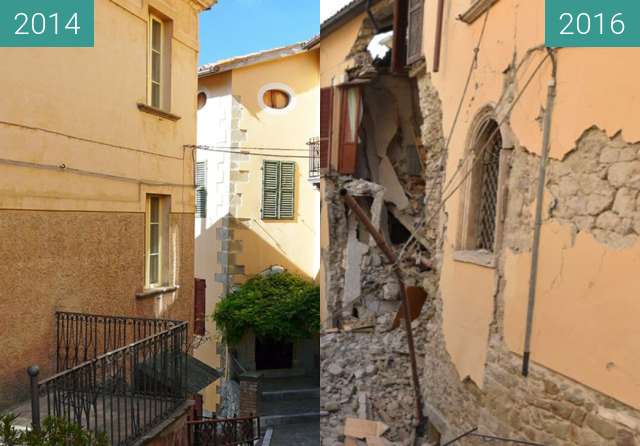
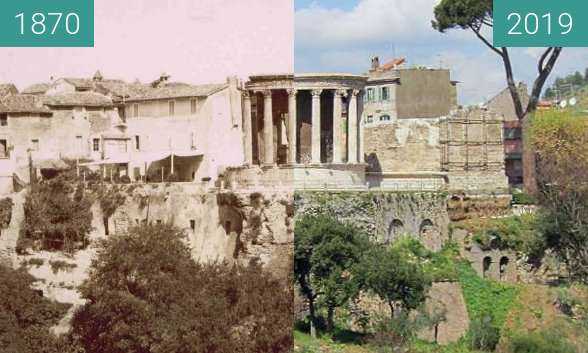
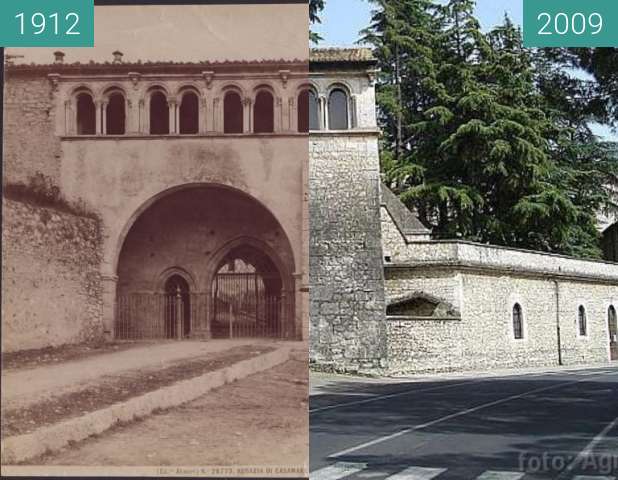
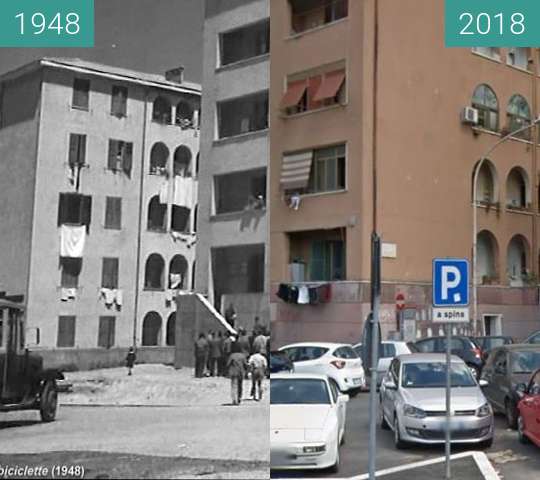

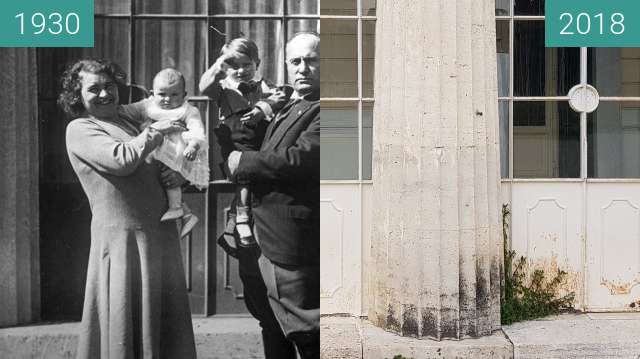
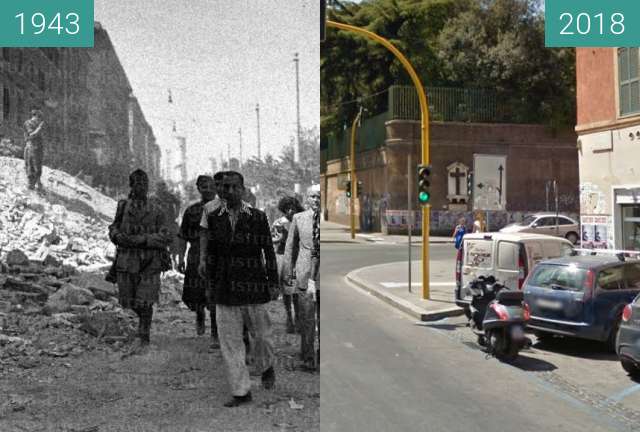
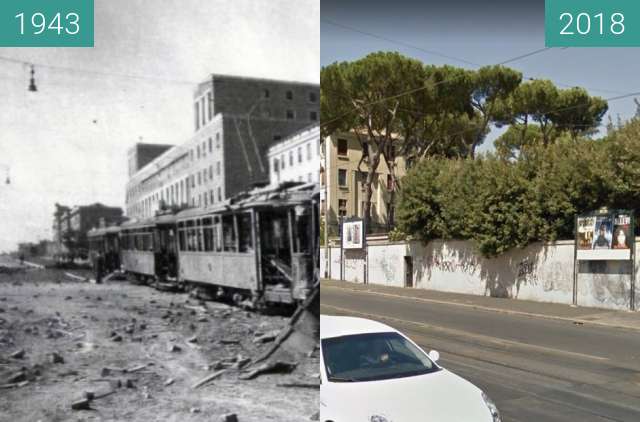
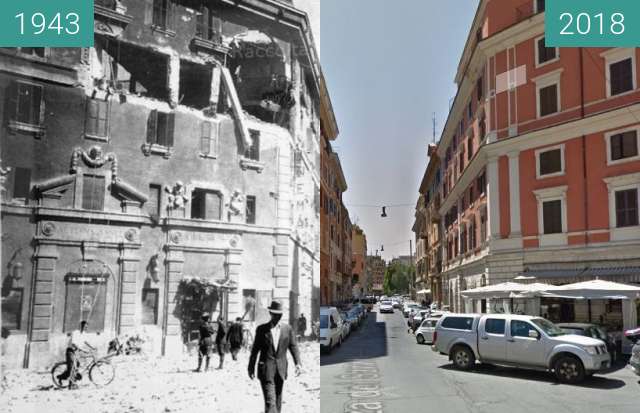

Santa Maria di Collemaggio is a large medieval church in L'Aquila, central Italy. It was the site of the original Papal Jubilee, a penitential observation devised by Pope Celestine V, who is buried there. The church, which therefore ranks as a basilica because of its importance in religious history, sits in isolation at the end of a long rectangular sward of grass at the southwest edge of the town.
The church is a masterpiece of Abruzzese Romanesque and Gothic architecture and one of the chief sights of L'Aquila. The striking jewel-box effect of the exterior is due to a pattern of blocks of alternating pink and white stone; the interior, on the other hand, is massive and austere. Outbuildings include a colonnaded cloister, with the central fountain typical of many other similar Italian cloisters, and the former monastic refectory.
Parts of the structure were significantly damaged in the 2009 earthquake in L'Aquila and the church was reopened in 2017.
Santa Maria di Collemaggio est une grande église médiévale de L'Aquila, dans le centre de l'Italie. C'était le site du jubilé papal original, une observation pénitentielle conçue par le pape Célestin V, qui y est enterré. L'église, qui est donc classée basilique en raison de son importance dans l'histoire religieuse, se trouve isolée au bout d'une longue pelouse rectangulaire à l'extrémité sud-ouest de la ville.
L'église est un chef-d'œuvre de l'architecture romane et gothique des Abruzzes et l'un des principaux sites touristiques de L'Aquila. L'effet de boîte à bijoux saisissant de l'extérieur est dû à un motif de blocs de pierre rose et blanche alternée; l'intérieur, en revanche, est massif et austère. Les dépendances comprennent un cloître à colonnades, avec la fontaine centrale typique de nombreux autres cloîtres italiens similaires, et l'ancien réfectoire monastique.
Des parties de la structure ont été considérablement endommagées lors du tremblement de terre de 2009 à L'Aquila et l'église a été rouverte en 2017.